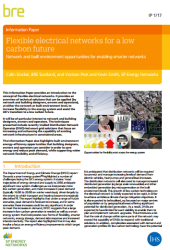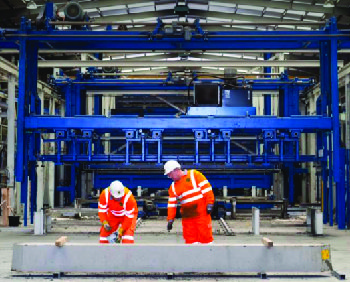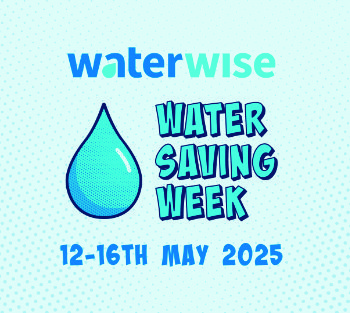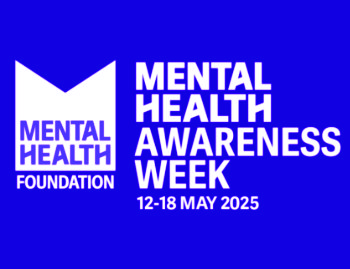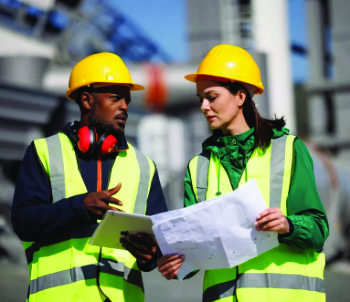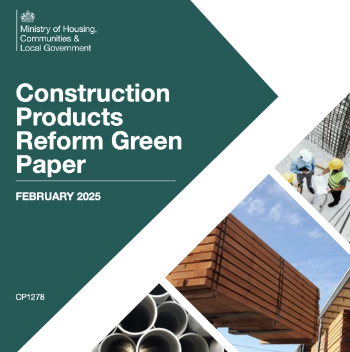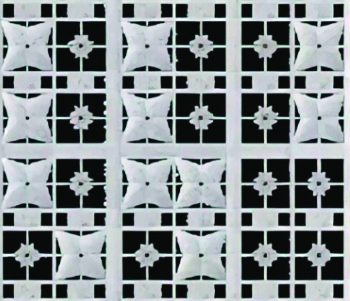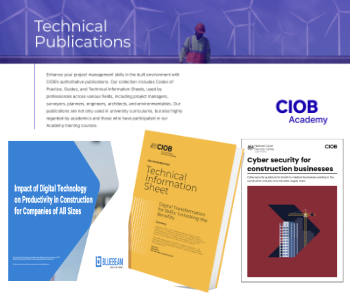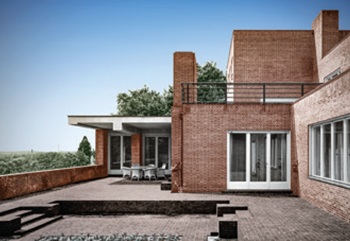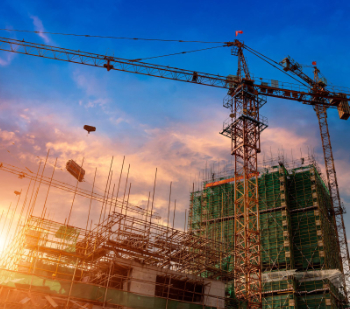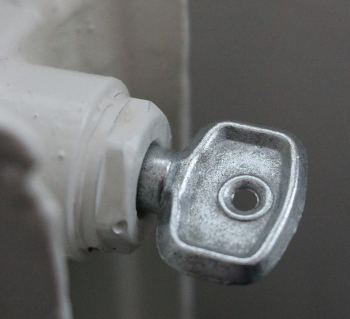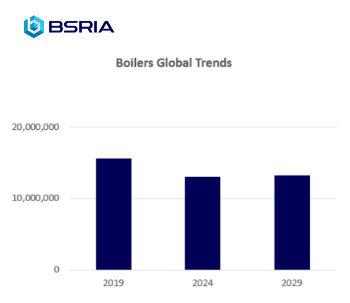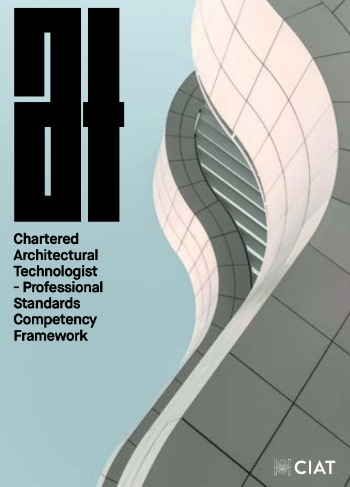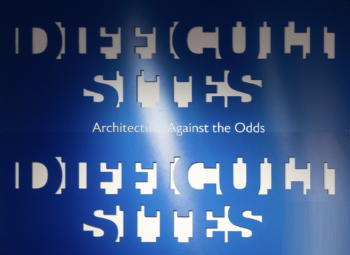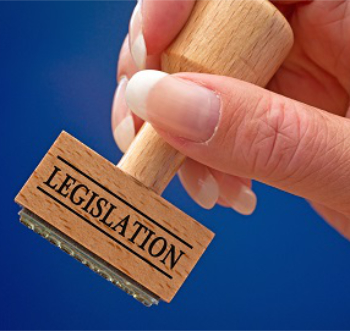Flexible electrical networks for a low carbon future: Network and built environment opportunities for enabling smarter networks
BRE (Building Research Establishment) is an independent, research-based consultancy, testing and training organisation, operating in the built environment and associated industries.
Flexible electrical networks for a low carbon future: Network and built environment opportunities for enabling smarter networks (IP 1/17) was written by Colin Sinclair, and published by BRE Scotland on 10 April 2017.
Equipment that delivers electricity to properties will need to be increasingly agile to meet energy demand requirements and assist in the transition to a low-carbon future. This will become crucial as low-carbon technology may increase peak network flows with surges in system voltage.
This information paper provides an introduction to the concept of flexible electrical networks. It offers an overview of technical solutions that can be applied by network and building designers, owners and operators, at either the network or built environment level, to increase flexibility in the energy system. It describes techniques tested in Scotland under the Flexible Networks for a Low Carbon Future project. It explains innovative technical solutions used to increase energy flexibility and to maintain network integrity and customer supply and service. This includes Distribution Network Operator (DNO)-led smart grid solutions that focus on increasing and enhancing the capability of existing network infrastructure in constrained areas.
The contents of the information paper are:
- Introduction.
- What is a flexible network?
- Enhanced network monitoring.
- Innovative techniques.
- Where to apply these techniques.
[edit] Find out more.
[edit] Related articles on Designing Buildings Wiki
- BRE articles on Designing Buildings Wiki.
- Building Research Establishment.
- Developing system intelligence for optimising building electricity networks.
- Electricity supply.
- Energy infrastructure.
- Energy storage.
- Microgeneration.
- Micro-grid.
- Renewable energy.
- Smart grid.
- Smart meter.
- The Future of Electricity in Domestic Buildings.
Featured articles and news
50th Golden anniversary ECA Edmundson apprentice award
Deadline for submissions Friday 30 May 2025.
The benefits of precast, off-site foundation systems
Top ten benefits of this notable innovation.
Encouraging individuals to take action saving water at home, work, and in their communities.
Takes a community to support mental health and wellbeing
The why of becoming a Mental Health Instructor explained.
Mental health awareness week 13-18 May
The theme is communities, they can provide a sense of belonging, safety, support in hard times, and a sense purpose.
Mental health support on the rise but workers still struggling
CIOB Understanding Mental Health in the Built Environment 2025 shows.
Design and construction material libraries
Material, sample, product or detail libraries a key component of any architectural design practice.
Construction Products Reform Green Paper and Consultation
Still time to respond as consultation closes on 21 May 2025.
Resilient façade systems for smog reduction in Shanghai
A technical approach using computer simulation and analysis of solar radiation, wind patterns, and ventilation.
Digital technology, transformation and cybersecurity
Supporting SMEs through Digitalisation in Construction.
Villa Wolf in Gubin, history and reconstruction. Book review.
Construction contract awards down one billion pounds
Decline over the past two months compared to the same period last year, follows the positive start to the year.
Editor's broadbrush view on forms of electrical heating in context.
The pace of heating change; BSRIA market intelligence
Electric Dreams, Boiler Realities.
New President of ECA announced
Ruth Devine MBE becomes the 112th President of the Electrical Contractors Association.
New CIAT Professional Standards Competency Framework
Supercedes the 2019 Professional Standards Framework from 1 May 2025.
Difficult Sites: Architecture Against the Odds
Free exhibition at the RIBA Architecture Gallery until 31 May.
PPN 021: Payment Spot Checks in Public Sub-Contracts
Published following consultation and influence from ECA.








